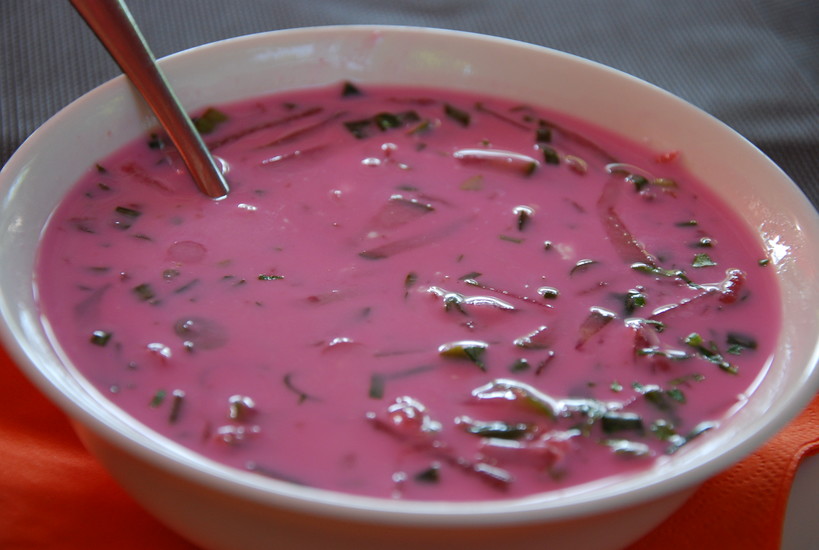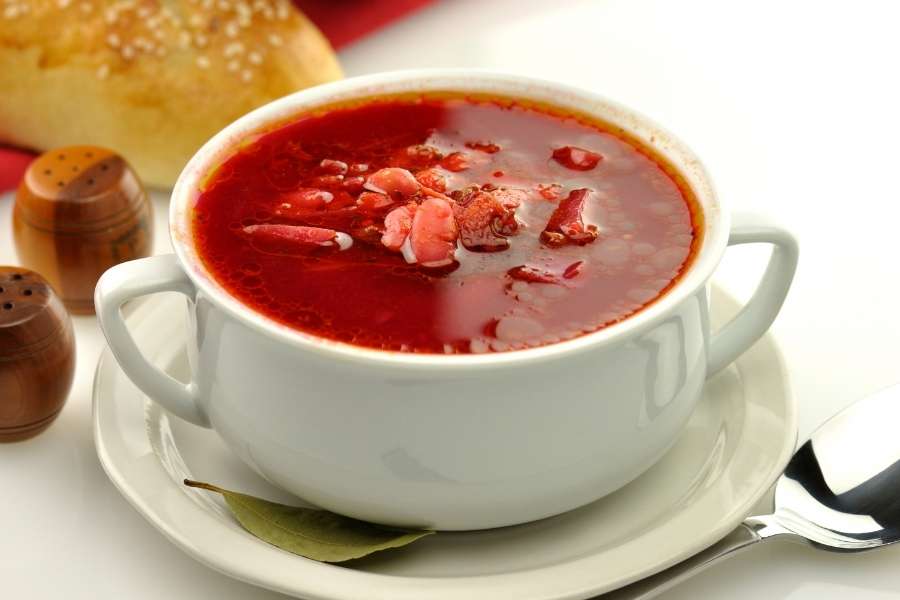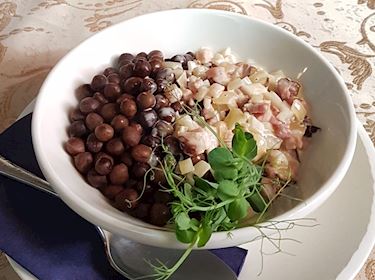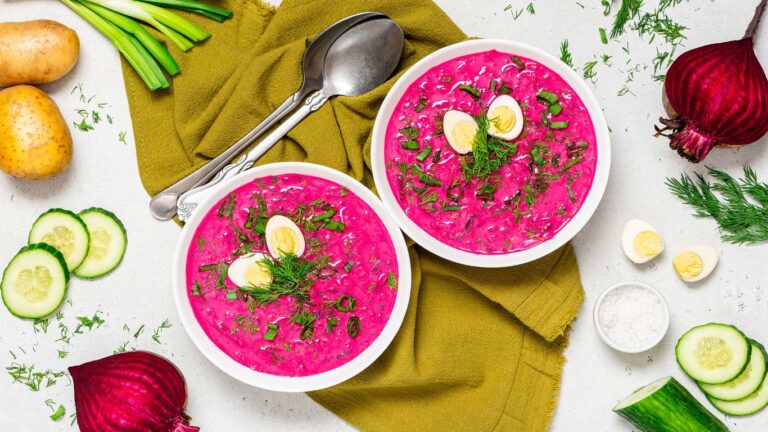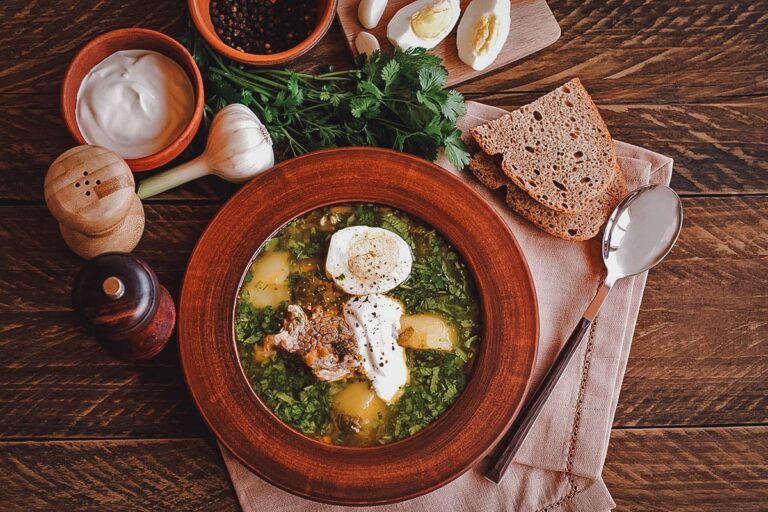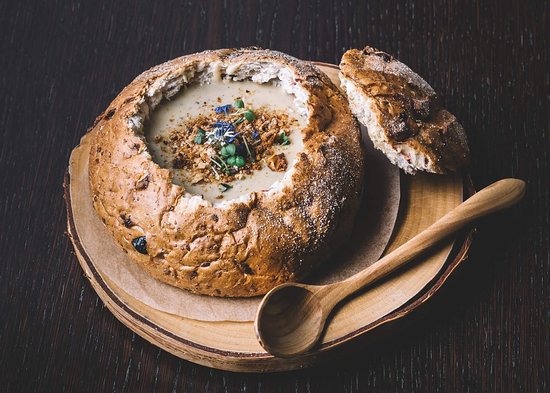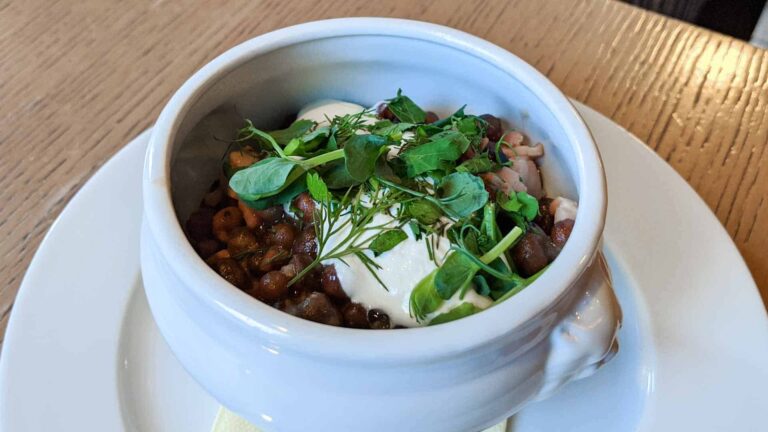Introduction to Latvian Cuisine
Latvian cuisine is an amalgamation of ancient traditions and influences from neighboring countries. The cuisine is known for its hearty and wholesome dishes that are designed to keep you warm and full in the cold climate of Latvia. Latvian cuisine is rich in dairy products, grains, and fresh vegetables. The cuisine is a reflection of the country’s natural environment, climate, and history.
Dietary Restrictions in Latvian Cuisine
Latvian cuisine is generally heavy on meat and dairy products, making it somewhat challenging for vegans and vegetarians. However, with the changing dietary preferences of people, many restaurants in Latvia now offer vegetarian and vegan options. Gluten-free and allergen-free options are also available in some restaurants. Latvian cuisine is known for its use of grains like rye and barley, which make it difficult for people with gluten intolerance.
Common Ingredients in Latvian Cuisine
The most common ingredients used in Latvian cuisine are potatoes, meat, dairy products, and grains. Rye and barley are the most popular grains in Latvia, and they are used in making bread, porridge, and beer. Potatoes are the staple food in Latvia, and it is used in various dishes such as potato pancakes, potato salad, and boiled potatoes. Dairy products such as cheese, butter, and sour cream are also widely used in Latvian cuisine.
Traditional Latvian Dishes and their Ingredients
Traditional Latvian dishes include piragi, which is a pastry filled with bacon and onions, and gray peas with bacon. It is a hearty dish that is usually served with potato pancakes. Another popular dish is the Latvian meatball, which is made with minced meat, onions, and breadcrumbs. Cepelinai or “zeppelin” is another traditional Latvian dish that is made with potatoes and filled with minced meat and onions.
Vegetarian and Vegan Options in Latvian Cuisine
Vegetarian and vegan options in Latvian cuisine are limited, but you can still find some excellent dishes. One of the most popular vegetarian dishes is the Latvian vegetable stew, which is made with cabbage, carrots, onions, and potatoes. Mushroom soup is another vegetarian dish that is quite popular in Latvia. Vegan dishes include vegetable stir-fry and vegetable curry.
Gluten-Free and Allergen-Free Options in Latvian Cuisine
Latvian cuisine is not ideal for people with gluten intolerance, but you can still find gluten-free options in some restaurants. Most traditional Latvian dishes contain gluten, but you can opt for potato dishes or vegetable dishes that are gluten-free. Some restaurants also offer allergen-free options on request. It is essential to let the restaurant staff know about your dietary requirements before ordering.
In conclusion, Latvian cuisine offers a variety of delicious dishes that cater to different dietary preferences. While it may be challenging for vegans, vegetarians, and people with gluten intolerance, it is still possible to find excellent options. Latvian cuisine is an experience that you should not miss when you visit the country.

